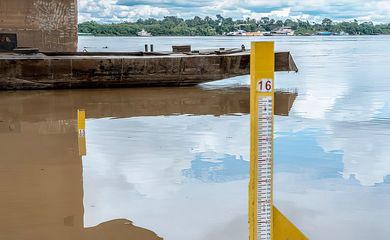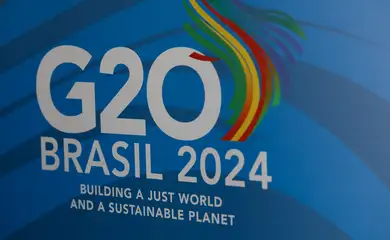Amazon area under alert for deforestation down 46% Aug‑Jul

Deforestation alerts registered in the Amazon biome encompassed 4,314 km²—the smallest in the time series that began in 2016, as recorded by the Real-Time Deforestation Detection System (Deter) of Brazil’s National Institute for Space Research. The 46 percent shrinkage comes after a period that saw a 7.4 percent reduction—August 2022 to July 2023.

Another system at the institute, the Project for Monitoring Deforestation in the Legal Amazon by Satellite, corroborated Deter’s downward trend in the annual rate of deforestation—which is always measured from August to July—and also found an absolute forest reduction (wood removed and sold) in the Amazon of 3,600 km² in the same time span.
Brazil’s cerrado biome, in turn, reported a nine percent expansion in the area under alert for deforestation over the same period, which is also a record. Approximately 7,015 km² were deforested between August last year and July this year, compared to 6,341 km² in the 12 months prior. According to the government, however, in the last four months a downward trend was observed in the suppression of native vegetation in this biome.
At a press conference this week, Brazilian Environment Minister Marina Silva noted that each pillar of the Action Plan for the Prevention and Control of Deforestation in the Amazon are fully operational, not just the “environmental monitoring and control” activities. “Our goal is to bring deforestation down to zero,” she said.
The Amazon
“At the end of 2023, we already had extremely encouraging data, as they demonstrated we actually changed the evolution of deforestation—which the new numbers have now confirmed. The new figure is not only lower, it’s considerably lower than last year’s. So it really shows we’re on a different path,” João Paulo Capobianco, the ministry’s executive secretary, argued at the press conference.
The data show that the decrease in deforestation occurred throughout the region, including in the four states considered most critical for environmental violations: Pará, Mato Grosso, Amazonas, and Rondônia; as well as across all land title categories.
Also at the presser, Minister of Science, Technology, and Innovation Luciana Santos said that the findings are a sign that public policies aimed at tackling environmental irregularities are paying off. “We’re further improving our monitoring work, producing data with the aim of complying with the targets and international agreements to which Brazil is a signatory, while remaining convinced that the fight against global warming is urgent today. We need to enforce curbing deforestation measures in a systematic and determined way,” she declared.
The cerrado
Deforestation data for the cerrado have been registering consecutive increases in Deter alerts since 2019. According to the Climate Observatory, the higher records in this biome suggest that environmental destruction for agricultural production—like meat and soy—may be shifting from the forest to the savannah. A statement released by the organization says the region is “under less control by the federal government because territories are almost all private, the legal limit for deforestation is higher,” and licenses to clear vegetation are granted less sparingly by the states.
According to the Environment Ministry’s executive secretary, however, the combined monthly curves from previous years indicates an increase in expected deforestation, which has not been confirmed thanks to initiatives like the Action Plan for the Prevention and Control of Deforestation and Burning in the Cerrado Biome. “We believe that these data signal that we will enter a cycle of consistent reduction in deforestation in the coming years,” Capobianco declared.





